
An international team of astronomers discovered a giant planet orbiting the smallest known star to host such a companion. It’s a finding that defies current theories of planet formation.
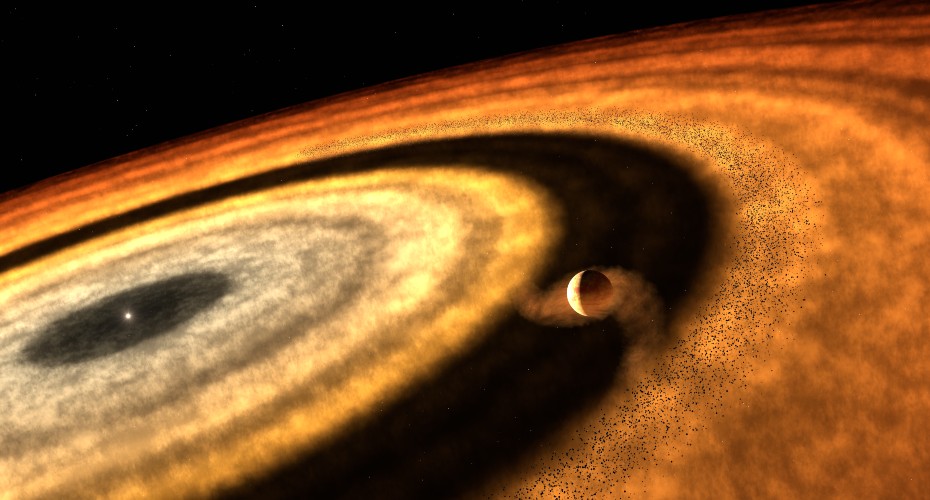
Researchers have used new clues from the James Webb Space Telescope (JWST) to provide a fascinating insight into how the exoplanet WASP-121b formed.

Astronomers using the James Webb Space Telescope have directly detected the faint glow of a planet that’s colder than any world whose light has been directly observed.

Astronomers at MIT have discovered a rocky exoplanet orbiting the bright K-dwarf star BD+05 4868A and observed variable transit depths that are characteristic of comet-like tails.
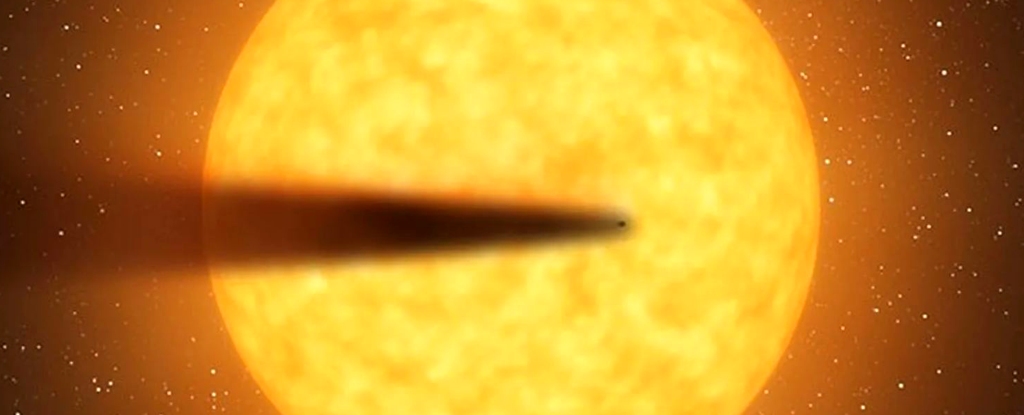
Astronomers have found two planets around two separate stars that are succumbing to their stars' intense heat. Both are disintegrating before our telescopic eyes, leaving trails of debris similar to a comet's.
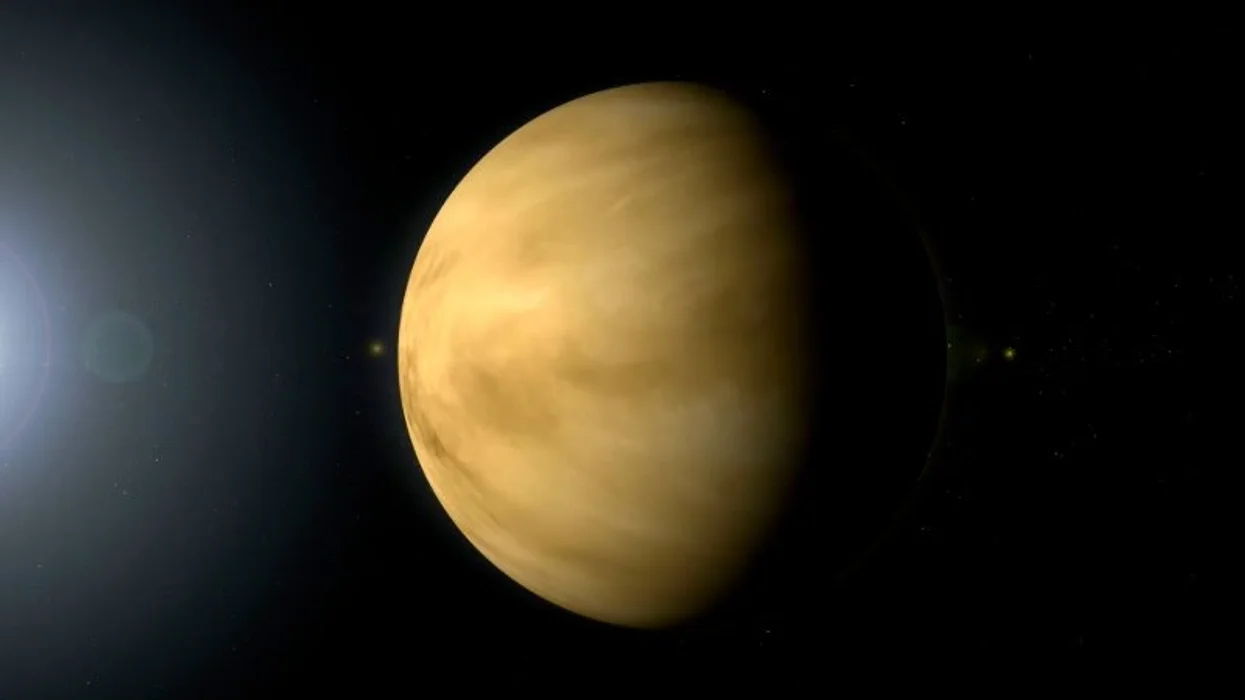
New data from James Webb Space Telescope and simulation models have confirmed a new type of planet unlike anything found in the Solar System.
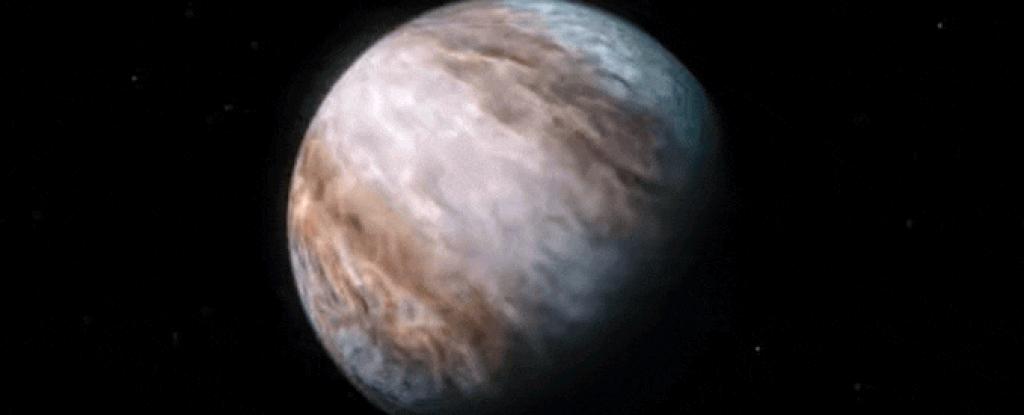
Winds circling a gas giant more than 500 light years from Earth have been detected flowing at supersonic speeds approaching 33,000 kilometers per hour, making them the fastest air currents on any known planet by a wide margin.

When examining a still-developing exoplanet in a distant star system, a team of astronomers uncovered a mismatch between the gases in the planet's atmosphere and those within the disk.

A still-forming planet has been detected early in its birth process, thanks to what may have been a chance encounter with a passing star that flipped part of the obscuring disk out of the way, exposing the baby planet.

WASP-76b is tidally locked to its host star, so intense winds encircle the planet. They contain high quantities of iron atoms that stream from the lower to upper layers around the atmosphere.
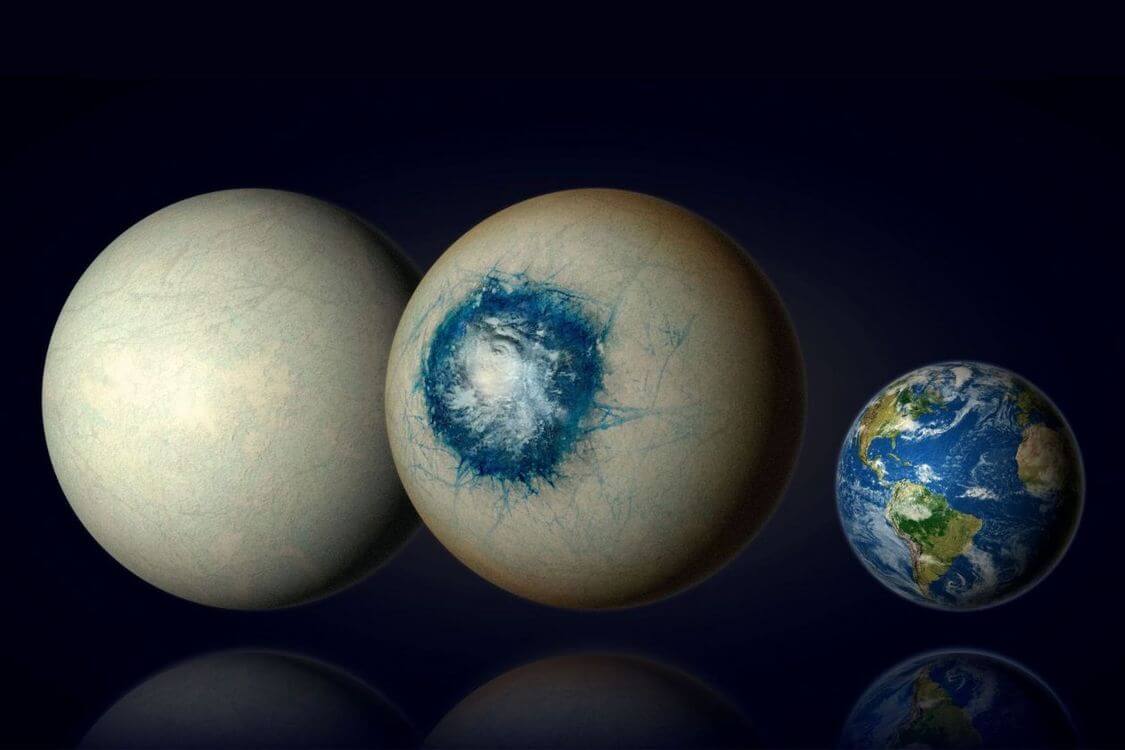
Researchers at the University of Montreal believe a vast ocean on exoplanet LHS 1140 b may be teeming with alien life.

Martin Vargic illustrated more than 1,100 exoplanets based on astronomical discoveries. His art is a attempt to artistically visualize and compare thousands of exoplanets of all types and sizes according to observational data.

A NASA catalog featuring 126 exotic, newly discovered worlds includes detailed measurements that allow for comparisons with our own solar system.

Astrophysicists discovered that an exoplanet is covered with so many active volcanoes that seen from a distance it would take on a fiery, glowing-red hue.

Exoplanet TOI-6713.01 experiences 10 million times more tidal energy than Io, resulting in a 2,300 degrees Celsius surface temperature. This means the planet literally glows at optical wavelengths.